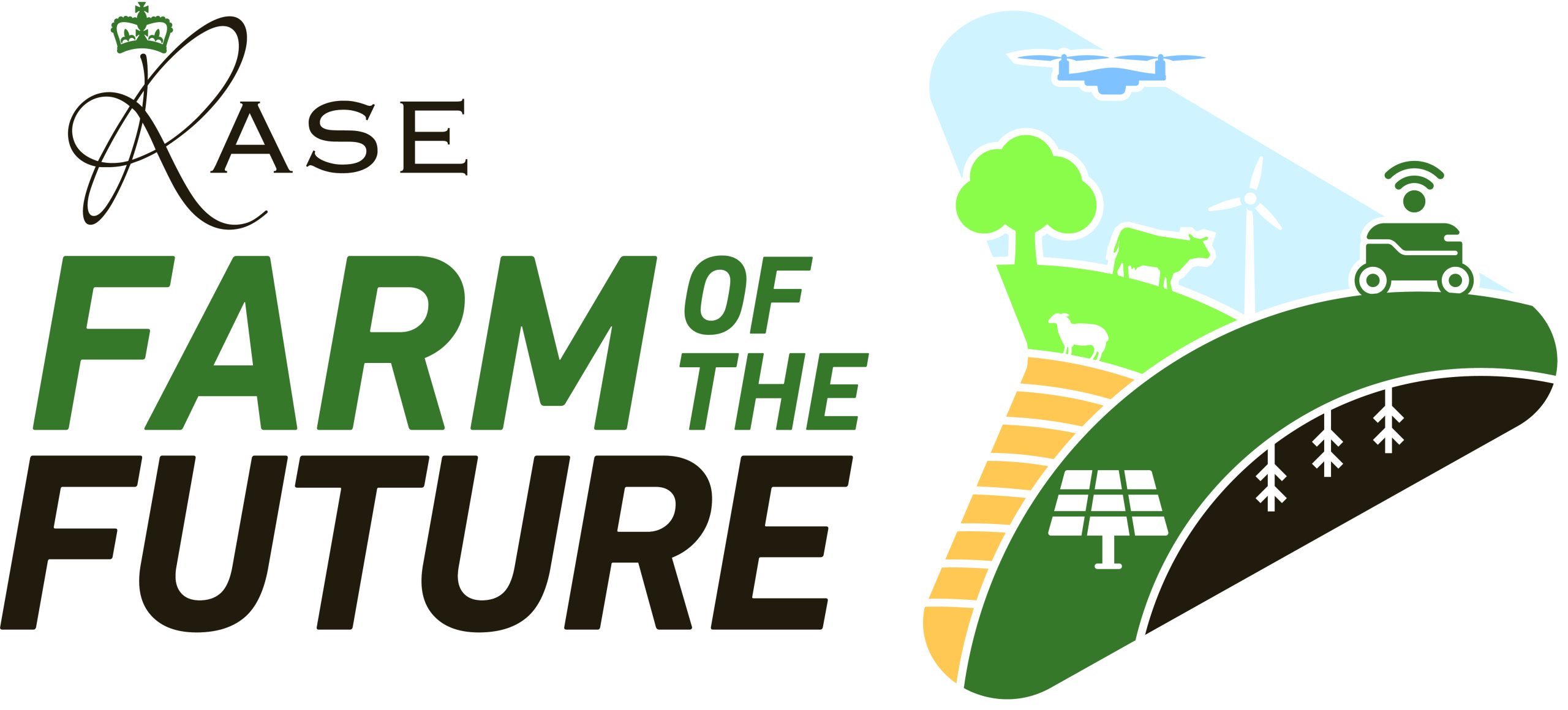Leadership starts with you
What makes a good leader on farm? In a recent episode of Solving Staffing in Ag, host Iory Hughes speaks with Chris Manley – Nuffield Scholar and founder of Traction – about why leadership isn’t just about managing people, but about how you show up every day. Chris argues that leadership starts with awareness. From noticing how you interact when you’re under pressure, to finding the habits that help you bring your best self to work, small shifts in mindset and behaviour can transform how teams function. Key takeaways include: Leadership begins with self-awareness – especially on the tough days. Habits matter: sleep, food, and time away all impact how you lead. Be clear on the “why”: people take pride
